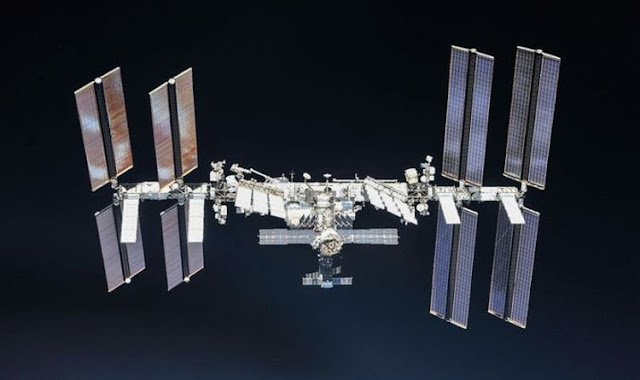 |
A photo of Earth taken by NASA's imaging camera
|
- An asteroid has a slim chance of the Earth's atmosphere November 2.
- That's one day before The Us Election.
- Because of it's small size,the asteroid,dubbed 2018VP1,would birn off while hurting toward the planet.
An asteroid has a slim chance of entering the Earth's atmosphere on November2,oneday before the US election,according to NASA.
Its has only a0.41% likelihood of entering Earth's atmosphere,but celestial object that size tend to burn up anyway before reching the ground;NASA told Business Insider.
"Asteriod 2018Vp1 Is very small, approximately 6.5feet, and poses no threat to Earth"a NASA representative told Business Insider.That's about 2 meters long,like a refrigerator."If it were to enter our planet's atmosphere, it would disintegrate due to it's extremely small size."
2018VP1 has had a few close encounters with Earth before,dating back to 1970.It most recently visited in November 2018,roughly when it was discovered at California's Palomar Observatory.
it would disintegrate due to its extremely small size," NASA said in a statement. "NASA has been directed by Congress to discover 90% of the near-Earth asteroids larger than 140 meters (459 feet) in size and reports on asteroids of any size."
NASA says that, "based on 21 observations spanning 12.968 days," the agency has determined the asteroid probably -- phew! -- won't have a deep impact, let alone bring Armageddon.
"It's quit an accomplishment to find these tiny close-in asteroids in the first place, because they pass by so fast,"said Paul Chodas, the director of the Center for Near-Earth Object studies at NASA's JET propulsion Labortory in southern California.
"There's typical only a short window of a couple of days before or after close approach when this small of an asteroid is close enough to Earth to be bright
enough but not so close that it moves too fast in the sky to be detected by a telescop,"he said.
Between the covid19 pandemic,a reckoning with racial justice,sky high depression and anxiety,election season and other recent events,people are joking about the asteroid's perceived embodiment of 2020.






















